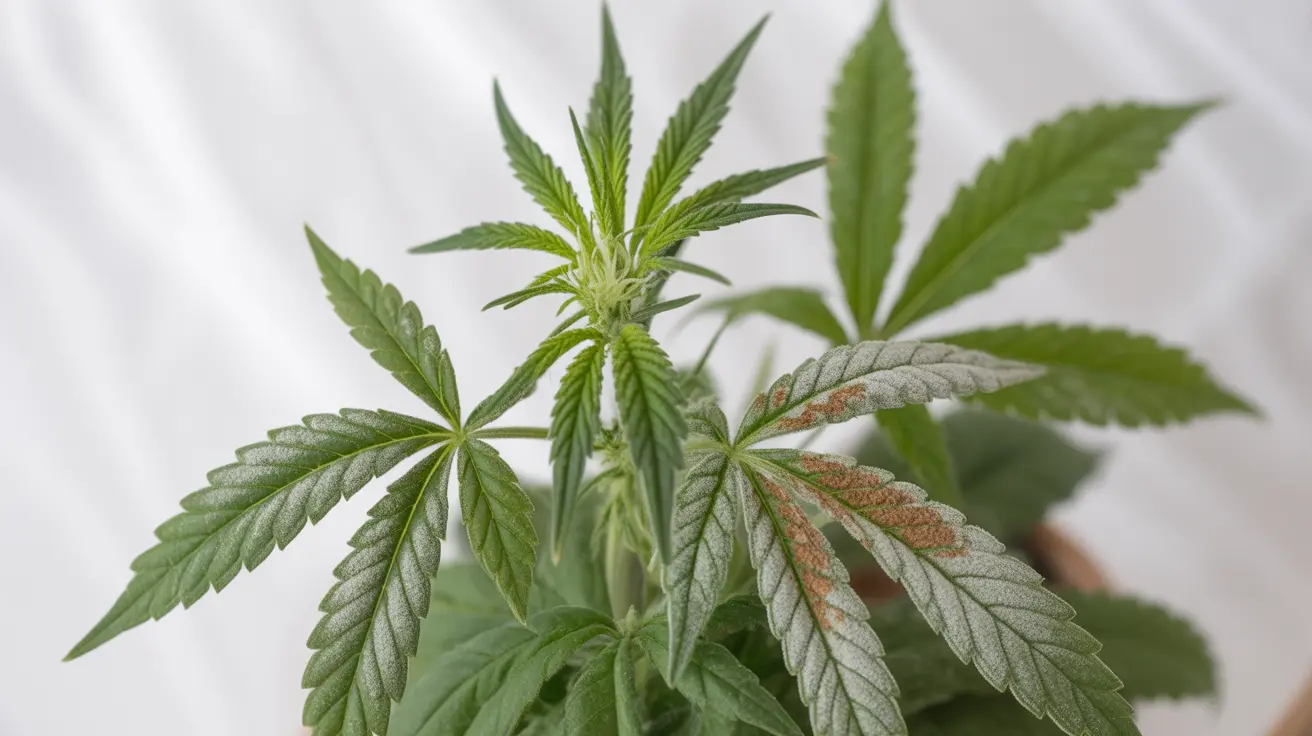For cannabis users, ensuring the safety and quality of their product is paramount. One significant concern that can affect both medical and recreational users is the presence of mold on cannabis. Understanding how to identify, prevent, and address moldy cannabis is crucial for protecting your health and maintaining the quality of your medicine or recreational product.
This comprehensive guide will help you learn the essential signs of mold contamination, understand the associated health risks, and implement proper storage techniques to keep your cannabis safe and effective.
Visual Signs of Mold on Cannabis
Identifying mold on cannabis requires careful inspection and attention to detail. Here are the key visual indicators to watch for:
- White or gray fuzzy growth
- Powdery, flour-like coating
- Discolored spots that appear darker than surrounding areas
- Unusual patches or web-like formations
- Yellow or black spots
When examining your cannabis, use bright lighting and, if possible, a magnifying glass to conduct a thorough inspection. Remember that some trichomes (the crystal-like structures on cannabis) can look similar to mold, so knowing the difference is essential.
Other Warning Signs of Contamination
Beyond visual inspection, there are several other ways to detect potential mold contamination:
- A musty, damp smell
- Unusual ammonia-like odors
- Changes in texture (becoming slimy or wet)
- Increased crumbling when handled
- An off-putting taste
Health Implications of Moldy Cannabis
Consuming moldy cannabis can pose serious health risks, particularly for certain vulnerable populations. The dangers include:
- Respiratory infections
- Allergic reactions
- Lung inflammation
- Chronic coughing
- Asthma exacerbation
Immunocompromised individuals and those with existing respiratory conditions face particularly high risks and should exercise extra caution.
Proper Storage Guidelines
Prevention is the best approach to dealing with mold. Follow these essential storage practices:
- Maintain humidity levels between 59-63%
- Store in airtight, glass containers
- Keep in a cool, dark place
- Avoid plastic bags or containers
- Check regularly for signs of moisture
Professional Quality Assessment
When in doubt about the safety of your cannabis:
- Purchase from licensed, reputable dispensaries
- Request laboratory test results
- Consult with knowledgeable budtenders
- Consider using a professional testing service
- Document any adverse reactions
Frequently Asked Questions
How can I tell if my weed has mold on it?
Look for white or gray fuzzy growths, powdery coatings, or unusual discoloration. Use bright light and a magnifying glass if available. Also check for musty odors or unusual ammonia-like smells, which can indicate mold presence.
What are the health risks of smoking moldy cannabis, especially for people with allergies or lung issues?
Smoking moldy cannabis can cause respiratory infections, severe allergic reactions, and inflammation of the lungs. People with allergies or existing lung conditions are at higher risk and may experience more severe symptoms, including difficulty breathing, chest pain, and chronic coughing.
Is it safe to smoke weed that smells musty or looks powdery white?
No, it's not safe to smoke cannabis that smells musty or has a powdery white appearance. These are common signs of mold contamination, and consuming moldy cannabis can lead to serious health problems. When in doubt, err on the side of caution and dispose of suspicious cannabis.
How should I store cannabis to prevent mold growth?
Store cannabis in airtight glass containers in a cool, dark place with humidity levels between 59-63%. Avoid plastic containers and regularly check for moisture. Use humidity control packets if necessary, and never store cannabis in damp or humid environments.
What should I do if I accidentally consume moldy weed and experience symptoms like coughing or nausea?
If you experience symptoms after consuming moldy cannabis, stop use immediately and monitor your symptoms. Seek medical attention if you develop severe coughing, difficulty breathing, fever, or persistent nausea. Be honest with healthcare providers about your cannabis use to ensure appropriate treatment.




